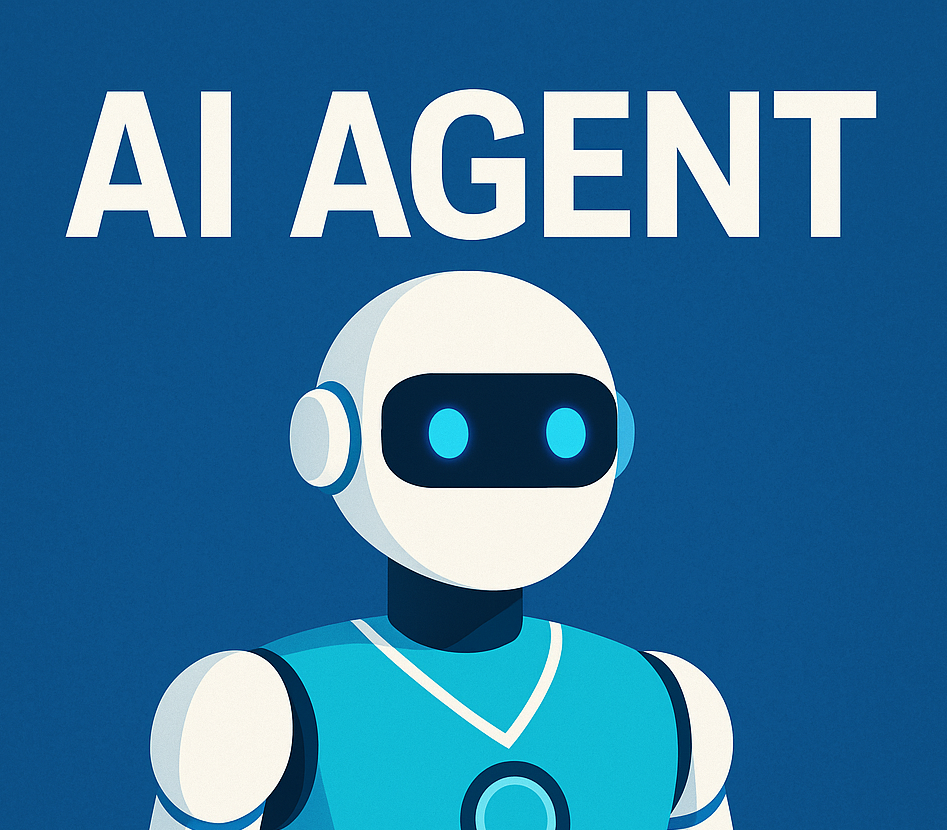The rise of AI agents is not just some sci-fi headline. They’re running the show behind everything from customer support bots to smart cars. These agents are the gears inside the new tech engine. The demand is wild. The speed of innovation? Honestly, it’s hard to keep up.
The Big Players Betting on AI Agents
Let’s not pretend this is just hype. The giants are all in — OpenAI, Google, Tesla, you name it.
- Google DeepMind: Rolled out AlphaAgent, a system that chases goals across Google Workspace. It adapts in real time to what users want.
- OpenAI: Leaning into BDI agents (belief, desire, intention) to help ChatGPT pick up on your real intentions, not just surface-level questions.
- Microsoft: Quietly slipping reactive agents into Azure. They handle alerts, flag problems, and keep the system humming.
- Amazon: Pushing model-based agents to make warehouses run smoother, cutting mistakes in robotics by nearly a fifth.
- Meta: Pouring money into learning agents for AR and VR. The result? Devices like Ray-Ban Meta Glasses get more personal the longer you use them.
By the way, a Forrester report claims sixty-one percent of big companies deploying AI in 2024 have at least one of these agents in play. Google states utility-based agents outperform old-school rule logic in most real-world tests.
Breaking Down the Agent Types
Not all AI agents are built the same. Here’s what you’re dealing with:
Reactive agents: No memory, just fast reflexes. Think spam filters or those chatbots that spit out canned answers.
Model-based agents: These have a sense of the world. They predict scenarios — perfect for driverless cars and drones dodging obstacles.
Goal-based agents: They chase after objectives, not just single moves. Used in robots, navigators, and the best AI assistants.
Utility-based agents: All about picking the smartest move for the biggest reward. You’ll see these in finance, logistics, anywhere the stakes are high.
Learning agents: These get smarter the more you use them. They power everything from personalized education to medical diagnosis.
And sure, most big systems mash these together. Hybrid agents are where the real magic happens.
Where You’ll Find Them: Real Industry Use Cases
Here’s where each agent shines:
- Autonomous Driving: Goal-based, Model-based (route planning, staying safe)
- Finance: Utility-based (fraud hunting, fast trading)
- E-Commerce: Reactive, Learning (recommendations, bots)
- Education: Learning (custom lesson plans)
- Healthcare: Model-based, Utility-based (diagnostics, new drugs)
- Smart Homes: Reactive, Utility-based (lights, AC, the works)
Who’s Doing What: The Current Landscape
Let’s map the main players to their favorite agents:
| Company | Agent Focus | What They’re Building |
|---|---|---|
| OpenAI | Goal-based, BDI | Copilots, advanced ChatGPT features |
| Reactive, Utility | Search, Ads, Assistant | |
| Tesla | Model-based | Autopilot, Optimus Bot |
| Meta | Learning | AR Glasses, Insta AI suggestions |
| Amazon | Model-based, Reactive | Alexa, Warehouse Robotics |
Tesla’s Optimus Bot, for example, blends goal-driven brains with model-based motion — so it can walk around and react to its surroundings.
Why Does This Matter?
This isn’t just nerd stuff. Picking the right AI agent could decide whether a company wins or loses in the next decade.
The future isn’t about having one massive brain. It’s about a bunch of agents, each with their specialty, working together. It’s AI as a squad, not a solo act.
Picture this:
- A learning agent keeps tabs on your habits.
- A reactive agent listens and responds on the spot.
- A utility agent figures out the best outcome based on the data.
When you stack them up, your software gets way more flexible and can do things you’d never pull off with a single “super AI.”
Are We Headed for a World of AI Squads?
Here’s the question everyone in tech is asking: Do you need one all-knowing system, or a team of specialists all talking to each other?
Some companies are betting big on one agent type, and others are going full hybrid. The winners will be the ones who mix and match the best.
So, are we going to see a future run by modular, multi-agent systems? Or will a single type win out? My money’s on the squad.

